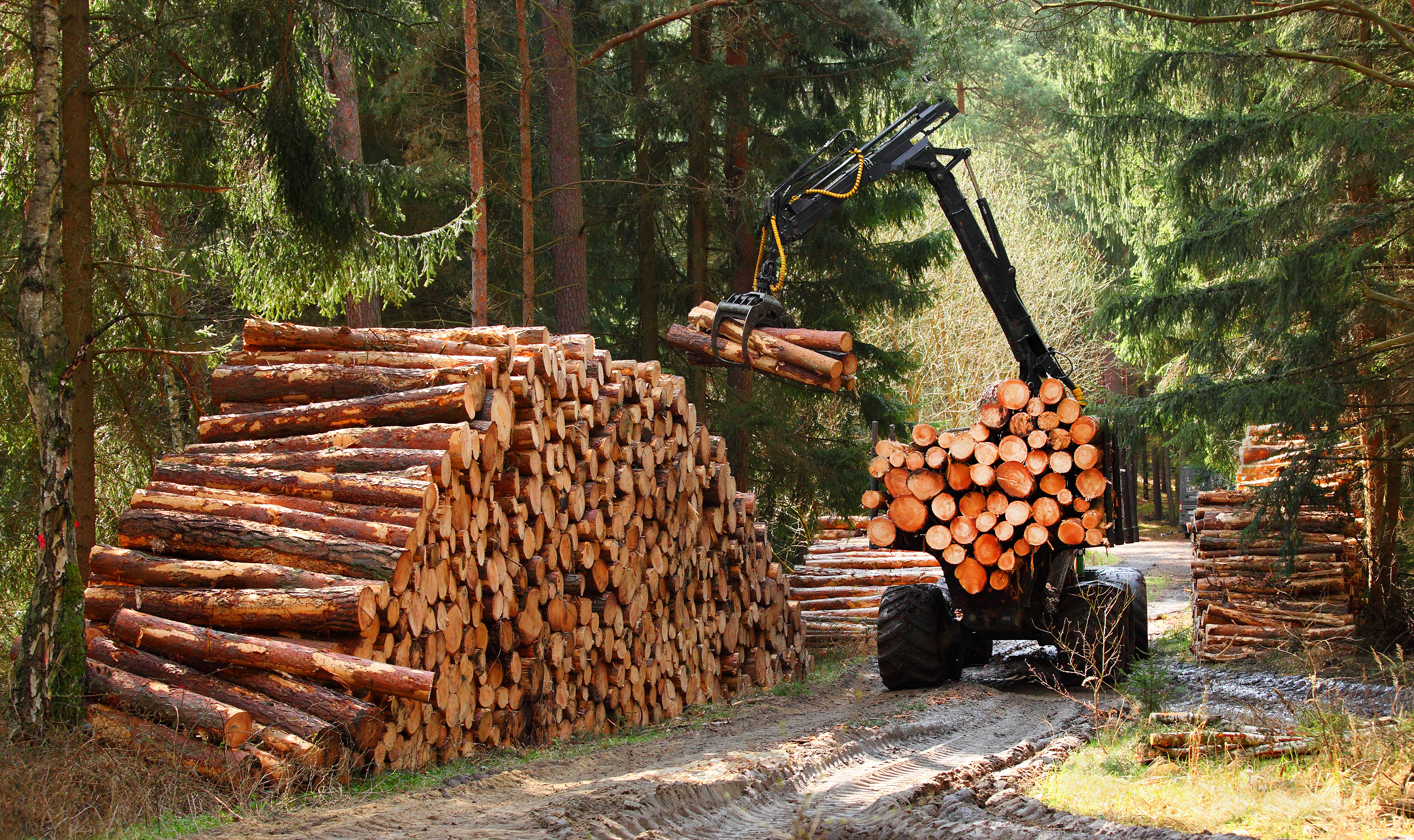16/01/2024
Forestry work in autumn
As the labor-intensive season in the fields slowly comes to an end in the fall, many farmers are now shifting their work to the forest. Harvesting firewood, removing damaged wood, and reforestation are the primary focus of forestry work here.
When thinning, in addition to wearing protective equipment, attention should also be paid to promoting healthy, high-quality trees. The removal of diseased, injured, or dead trees should be strictly observed. This will provide more space and light for the healthy trees in the stand. The goal of obtaining the highest quality timber possible for subsequent sale requires the removal of crooked trees and trees with a tendency to fork. Depending on the level of game pressure, these future trees should also be protected from browsing and raking.

Unfortunately, the term bark beetle is rarely missing in the forestry sector.
In this case, removing infested trees from the forest as quickly as possible is a laborious but absolutely necessary measure. Bark beetle control is even legally regulated by the Forestry Act, obligating all forest owners to take active action when an infestation occurs. The bark beetle, the number one forest pest in domestic forests, must be combated with appropriate forest protection measures and its further proliferation stopped.
During forestry work, small branches and their associated nutrients should be left in the forest. They promote the future growth of further growth.
Furthermore, appropriate reforestation must be ensured after removal. This is the only way to prevent unwanted primary plants, such as blackberries and other emerging pioneer plants, from growing. The selection of suitable tree plants and protection of the young growth from browsing play an important role here.
You will find the necessary accessories for your forestry work HERE
The FAIE team wishes you much success and safe forestry work!
